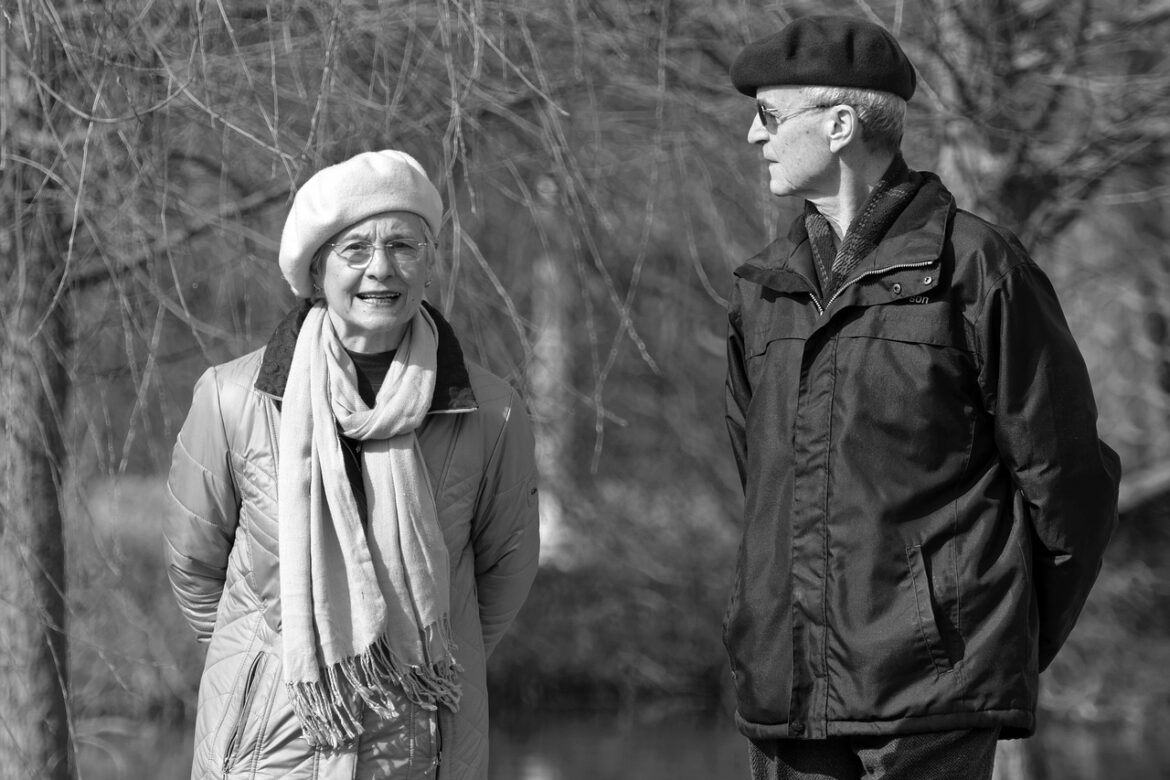Arthritis can be worse in Winter
The winter can be a hard time, with less sunlight, colder temperatures, and less ability to get out and move. Arthritis seems to be worse in winter, often due to multiple culprits. There are some reasons your arthritis may be worse in the cold months, and here are a few tips to help deal with arthritis in the winter months.
Barometric Pressure Changes
The cold weather tends to bring with it drops in the barometric pressure. These decreases in pressure cause tissue to expand, placing more pressure on the surrounding nerves and tissue, which can cause increased pain and achiness. Not everyone has the luxury of a winter home in a warm location, but if you can take a vacation to a warm spot during the winter, it will give your joints a break from the achiness.
Less Activity
As the weather gets colder and snow lines the streets, we tend to become more sedentary. There is a direct correlation between activity and arthritis symptoms. The more active you remain, the less achy your joints are. Once you hibernate for the winter, your joints don’t move as much, and your pain can increase. Throw on an extra layer to keep yourself warm, get out your winter shoes, and keep the joints lubricated with activity and movement. Some may be more fearful of leaving the house, but there are exercise programs that can be done in the home to keep your body moving.
Humidity
The damp and coolness of the winter can cause significant arthritis pain. Ensure your house isn’t too humid by keeping your heat set at a comfortable temperature and using dehumidifiers. It is also essential that you don’t dry your home too much, as this can cause other problems. Using a humidifier or boiling water on the stove can help moisten up the air. Keeping the humidity at a comfortable level can help to keep your joints moving and feeling better.
Keep Your Summer Diet Going
It is easy to fall into the habit of rich, hearty meals once the weather gets cold. But it is crucial to continue to eat fresh fruits and vegetables throughout the winter and stay away from high salted foods. Salty foods and snacks can lead to water retention, which can cause joints to feel worse.
Control Stress
Stress creates a series of reactions that produce chemicals in your body, which help you fight off the stress. If this reaction happens on a regular and prolonged basis, it can amplify your arthritis pain. Stress can also set off your immune system’s inflammatory response. To combat this, try to find time each day for yourself. A yoga class, guided meditation, or spending time doing a hobby can help reduce your stress and relieve your arthritis pain.
Compression gloves
Compression gloves help to alleviate the achiness in the fingers and hand joints. The compression component of the gloves can help with swollen or puffy fingers. Healthcare providers may suggest you wear compression gloves for 8 hours at a time. Wearing them overnight while you sleep can help reduce arthritis pain while you sleep, allow your fingers to move more freely in the morning, and help with grip strength. There are many different options for compression gloves, so work with an Occupational Therapist to find the right pair for you.
Physical Therapy
Physical Therapy can help with many different aspects of living with arthritis and is the most common way to maintain movement safely and effectively. Physical therapy works to improve mobility and restore the use of the affected joints, increase strength around the joint to protect it, and maintain and preserve the ability to perform daily activities. Not sure where to start? Contact one of our skilled PT’s to get your arthritis program started.


Great information. Thank you.